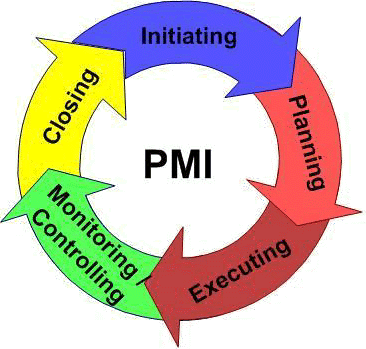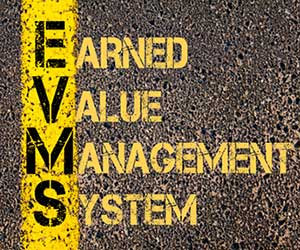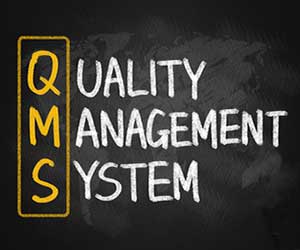Project Management Plan – The 12 Core Components
Projects don't manage themselves. Professional project management requires the development of a plan that outlines how it will be managed. According to the Project Management Body of Knowledge (section 4.2), the project management plan fulfills this purpose. Although it includes any and all items that define the management of the project,....
Guide to the Project Life Cycle
According to the Project Management Body of Knowledge (PMBOK), the foundation of project management rests upon the five phases that every project goes through: Project Initiation Project Planning Project Execution Monitoring & Controlling Project Closure Project Initiation This process group includes the basic groundwork necessary to create and define the project,....
Project Management Fundamentals
Project Management is a unique field in that people generally don't choose it as an initial career path. They enter via the back door through a technical field, or they want to learn project management theory with the goal of advancing into the role. For this reason, many people who....
An Earned Value Example for Small Projects
Earned value analysis is a project management method used to calculate the project status from two perspectives: Schedule. Is the project ahead of or behind schedule? Cost. Is the project over or under budget? Let's say you are the project manager for the renovation of 3 hotel rooms. The tasks....
The 8 Steps to Earned Value Analysis
It's amazing how many projects do not know their true status until near the end, when there is little that can be done to ensure they finish on time or budget. The proper time to rigorously track project status is at the beginning, not at the end. This is when project....
The 4 Parts of Project Control
Putting out fires is rarely a good project management strategy, even though most project managers have so much experience with it that they could take it up as a second career. Suffice it to say that project control is where the project manager earns their wages. Project control is the tasks....
Implementing Six Sigma in Your Organization
So you want to introduce Six Sigma into your organization. Congratulations! Thousands of organizations have walked this path and found not just gold at the end of the rainbow, but satisfied employees, improved morale, and other benefits. The goal of implementing Six Sigma in your organization is to improve the quality....
Guide to Six Sigma Certification
Six Sigma is a technique used to reduce defects in manufacturing processes. Hundreds of organizations across all industries use Six Sigma to decrease costs, increase profits, and improve quality. Although it was popularized in the 1990's its processes are well established in many organizations today. Six Sigma practitioners are trained....
Six Sigma Basics
Six Sigma is a methodology for eliminating defects in a manufacturing process. Although its origins are in the manufacturing industries, it can be used to increase product quality in any situation where a product is being produced. Six Sigma was developed by Motorola during the 1980's and subsequently adopted and popularized....
The 6 Steps of a Value Analysis
A Value Analysis attempts to improve the value of a project using value engineering methodology. This is defined by the Value Methodology Standard, published by SAVE International. It is defined as an assessment of a product that attempts to minimize its cost in relation to its functions. Typically, a value engineering....









